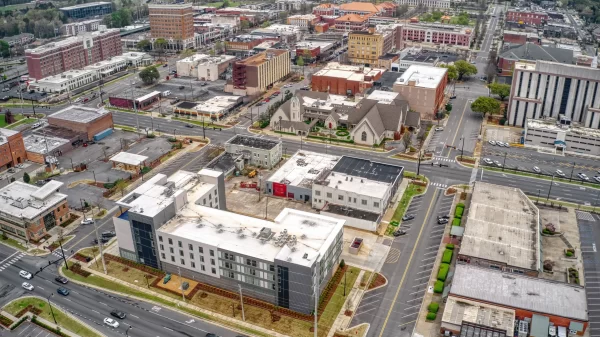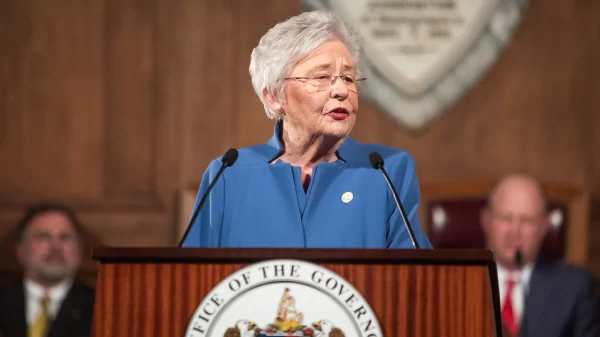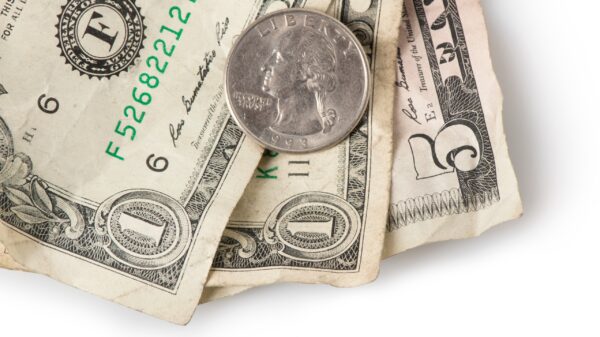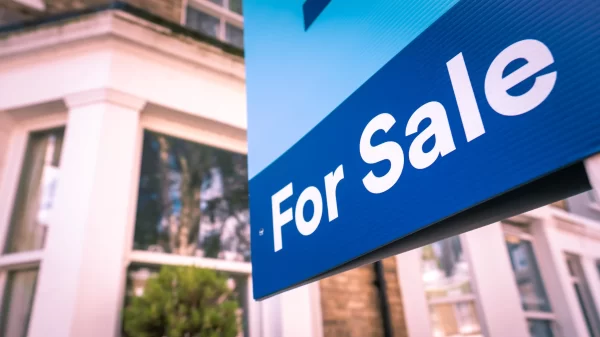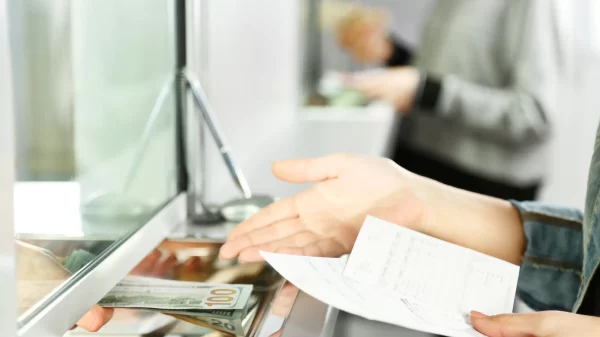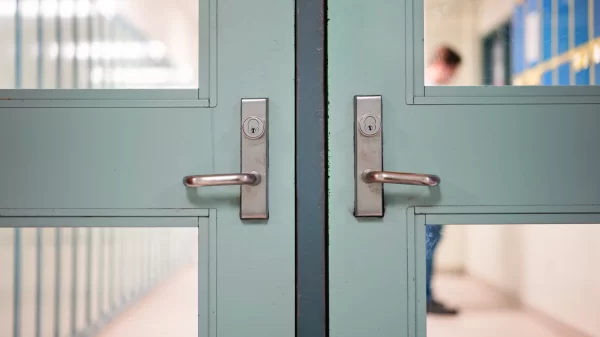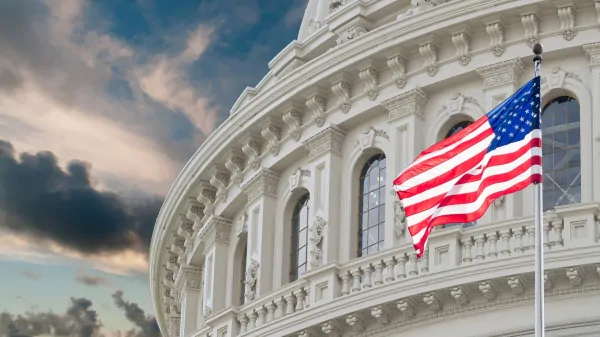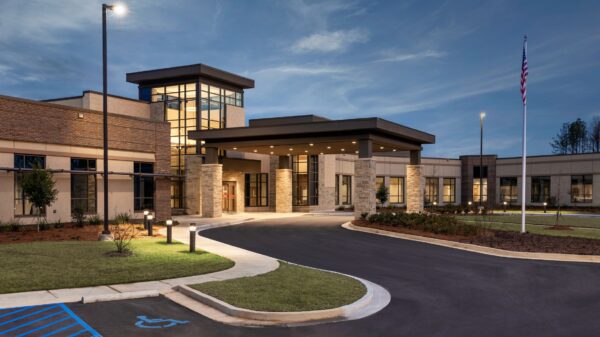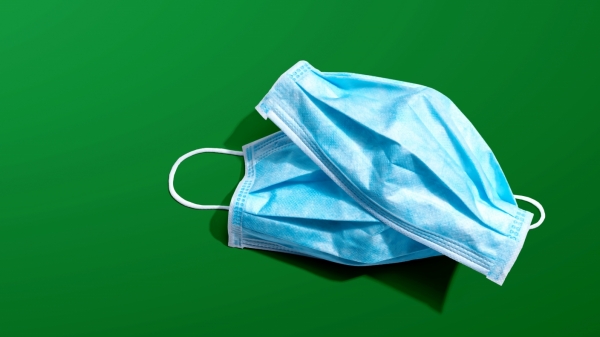For the first time, Alabama has reported an increase of more than 1,000 cases of coronavirus in a single-day, according to data from the Alabama Department of Public Health.
The total number of coronavirus cases in Alabama jumped by 1,014 on Sunday morning. The previous highs were increases of 888 cases on Saturday, 859 cases on Friday and 848 new cases on Thursday.
That brings the cumulative total of COVID-19 cases in Alabama to 25,235.
The 7- and 14-day averages of case increases, used to smooth out daily inconsistencies and variability of case counts, are also at their highest levels since the pandemic began.
Since reopening on April 30, the average daily increase in confirmed cases has risen 309 percent from 177 cases per day on April 30 to 724 cases per day by Sunday. Average tests per day, by contrast, have increased only 7 percent.
At least 13,508 are presumed to have recovered, according to the Department of Health, since March. More than 768 have died, and more than 620 remained hospitalized on Friday.
Some 7,283 cases of the virus have been reported in Alabama since June 1, which amounts to 29 percent of the state’s total confirmed case count.
Since the state began lifting stay-at-home restrictions on April 30, the state has reported at least 18,167 new cases, which accounts for 72 percent of the state’s total case count since March.
The Department of Public Health, which also tracks the number of cases per day, reported a daily increase of 1,040 new cases on Friday, the highest total since the pandemic began. The Department of Public Health tracks daily increases differently than APR, where we track the raw change in the publicly available cumulative case count.
According to the state’s counts, the four highest daily totals have also been over the last four days.
Gov. Kay Ivey lifted the state’s “stay-at-home” order on April 30, replacing it with a “safer-at-home” order that loosened restrictions. Since then, the state has twice more relaxed restrictions, allowing more businesses, churches and entertainment venues to reopen with social-distancing restrictions and sanitation guidelines.
Alabama has not implemented a statewide requirement to wear face-coverings while in public, but public health officials, the governor and infectious diseases experts highly recommend wearing a mask when leaving the home.
“COVID-19 spreads quickly, and your actions affect others. More than ever since the pandemic began, we need people to social distance, wear face coverings in public, and practice good respiratory hygiene,” said Dr. Scott Harris in a statement earlier this week.
Hospitalizations also remain at high levels, according to the department of health. At least 647 people were in hospitals with a positive case of COVID-19 on Thursday, the highest total to date. Fewer hospitals report hospitalizations on Fridays and weekends, so the numbers are less reliable, but the total Friday was still at least 622.
The Department of Public Health does not report the daily number of ICU beds or ventilators in use, nor does it report the percent capacity of the state’s hospitals. But hospitals across the state are seeing increasing hospitalizations, particularly in Montgomery, where hospitals face a shortage of ICU beds.
“It’s bad,” said Dr. David Thrasher, the head of pulmonology at Jackson Hospital in Montgomery, where he cares for critically ill COVID-19 patients requiring ventilators. “The hospitals are darn near at capacity. We’ve got a lot of patients. It’s just steadily gone up the last week. The number of cases. People on ventilators. It’s bad. Unfortunately it’s going to continue to get worse, I’m afraid.”
Montgomery County has accounted for nearly 15 percent of the state’s new cases over the past week, reporting 737 new cases since June 7. Montgomery has now overtaken Mobile and Jefferson counties to have the most cases in the state, despite having a much smaller population than Mobile and Jefferson counties and despite far fewer people being tested in Montgomery.
The number of tests being performed in Alabama has moderately increased, from about 5,000 tests per day, on average, on April 30 to 6,700 per day on Saturday, on average, and 5,406 per day on Sunday, on average.
The percentage of tests that are positive remains high above the ideal level of 5 percent or below, and has been increasing over the past week. The state’s current positivity percent, based on 7-day averages of test and case increase, is roughly 13 percent, the highest that metric has been since April.
Having a percentage of tests that are positive above 5 percent suggests the state is still missing positive cases by not conducting enough tests.




